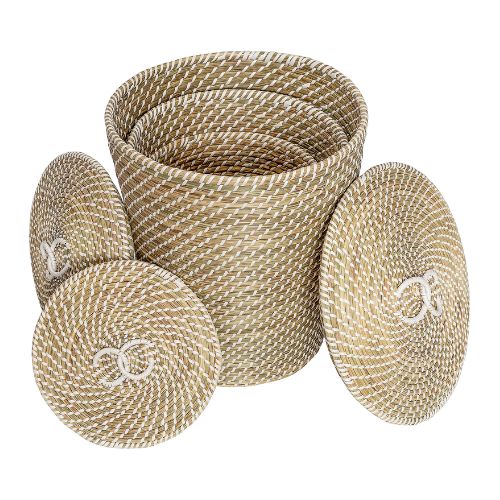8 kid’s bedroom storage ideas – to tame toys, clothes, books and more
Free up space to play in your kid’s bedroom with these functional (and fun) storage ideas
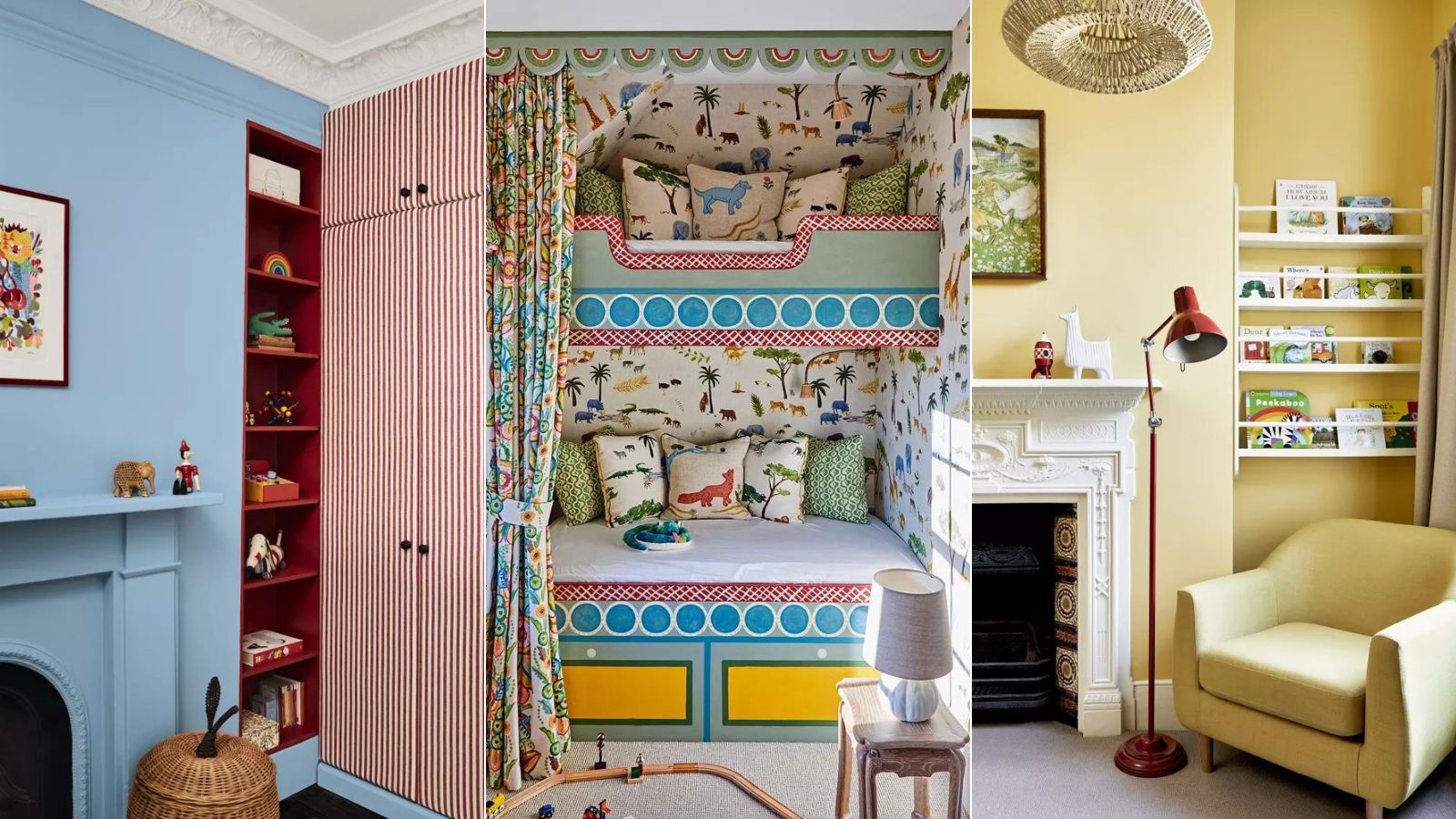
They’re a lot of wonderful things, but one thing children tend not to be is tidy. If you want to stand even the tiniest chance of contending with the constant flow of books, toys, clothes and treasured ‘finds’, you’ll need to employ some seriously hard working kid’s bedroom storage ideas, pronto.
Kid’s room ideas are notoriously small, so storage space, or lack of, can be a real problem. You’ll need to think outside the box to avoid things getting messy... literally. Before you do anything though, start with a good declutter. There’s no point making room for outgrown clothes and broken toys, and your children will thank you for a more curated collection, too.
Once you’ve had a good clear out, you’re well placed to work out how many and what kind of toy storage ideas you’re going to need, as well as the organizational systems that are going to work best for both you and your child. It’s a bit of a balancing act, we admit, even with the luxury of separate playroom storage ideas. Luckily, we’ve gleaned advice from the experts on stylish, kid-friendly solutions for storing and stashing to help streamline the space so it works for everyone.
Kid’s bedroom storage ideas
Organizing a kid’s bedroom, and (organizing a playroom, for that matter) can feel like a chore best saved for when they’re not around, but the experts say differently. Be sure to involve your children in decisions on where things are stored, as well as what stays and what goes. It’s their space after all, and needs to work for them, as well as for you.
1. Look for hidden storage opportunities
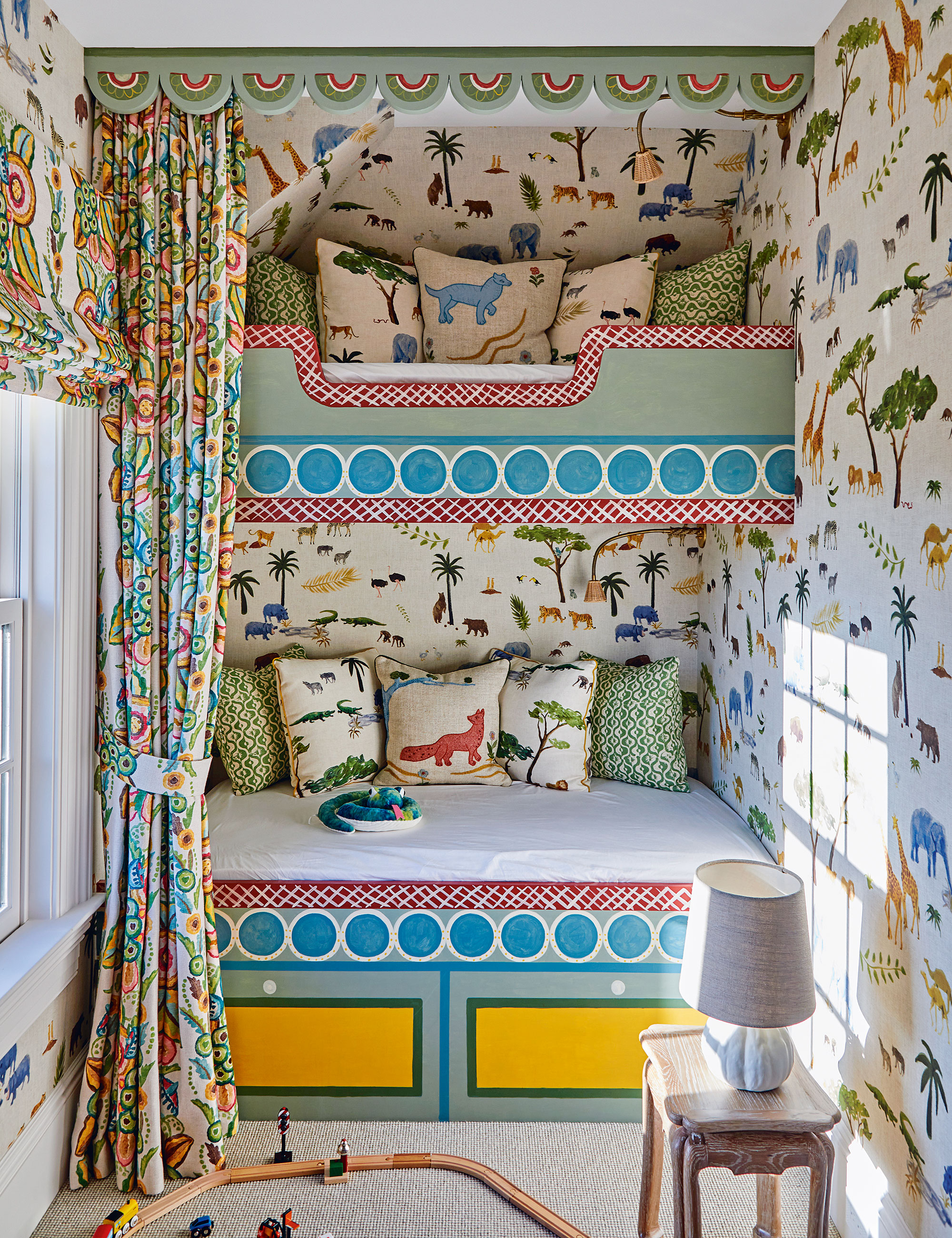
If you’re designing a kid’s bedroom from scratch, bespoke or multifunctional pieces are well worth the investment. Built-in storage allows you to squeeze in clothes, shoes and toys alike without impinging on valuable floor, sorry, ‘play’ space.
‘Cube storage which doubles as a seat, for example, or a desk – not only does this provide a helpful surface for books, gadgets or arts and crafts but the integrated drawer provides another more discreet space for small toys’, says Alex and Kris Tolofson, directors and founders of Noa and Nani.
If you’d rather not invest in all-new pieces, think about ways you could adapt your existing furniture to create similar storage opportunities, or use them as well as. Stackable containers inside a closet, rolling bins underneath the bed and cubby-style organizers over the back of the door are some of our favorites, particularly if you’re after small space storage ideas.
2. Use a mix of open and closed storage

The trick to keeping on top of tidiness in a kid’s room is to make it as easy as possible to get things out – and put things away, for that matter. The phrase out of sight out of mind also applies with kids; if they can see what’s in the box, they’re more likely to play with it. So when organizing toys, try to avoid storage containers with lids if you can.
‘Be aware that the size of your storage needs to fit what you want to store. Obvious to say I know, but it’s something people often miss. Big toys won’t fit in small baskets, while deep bins can often mean things get hidden at the bottom and missed’, adds professional organizer Vicky Silverthorn of of You Need A Vicky.
Of course, there will be some items that you don’t want your little ones getting their hands on without adult supervision; a tricky puzzle, a messy craft set or an age-specific toy for example. Consider using clear, lidded containers for these and position them somewhere visible but out of reach so your child knows to come and ask you when they want to play with it.
3. Store stuffed toys in style
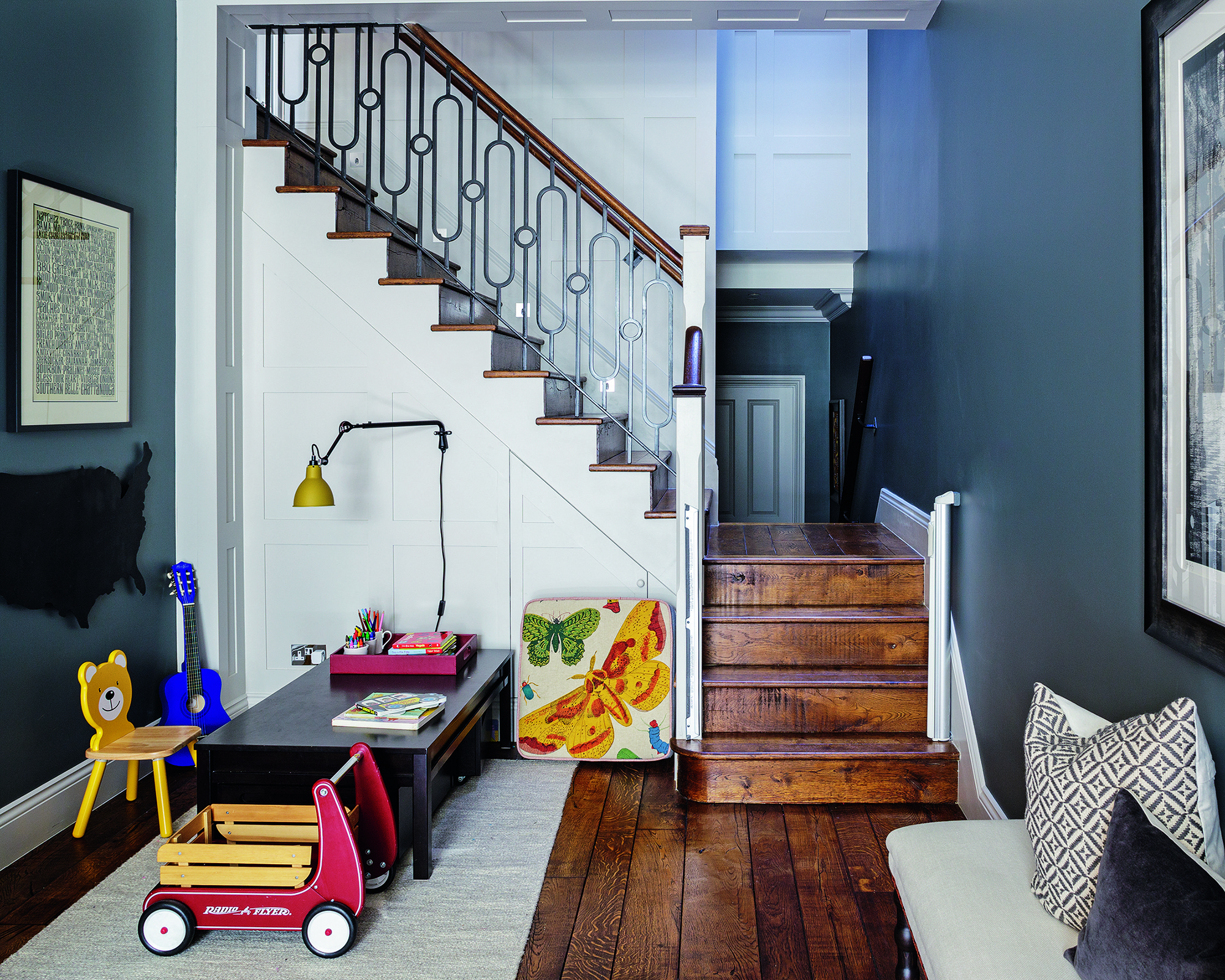
Stuffed toys have a tendency to take over if not given a designated home right from the off. While fabric baskets on the floor are fine, wall hammocks are definitely our preference, and we’re going to guess your child’s, too – they look super cool. It’s also the more hygienic option as it keeps them up off the floor, most of the time anyway. Arrange teddies at the front so your child can see them at bedtime for extra comfort.
For a fun boho vibe, we love this stylish macrame hammock complete with tassels, at Amazon.
4. Set up a reading corner

In place of a traditional bookcase, opt for front-facing shelves or ledges to store and organize children’s books. Storing them face out is ideal for younger children who recognise their favorites by the cover, or for those more reluctant readers, who need a little more encouragement. Plus it makes for an eye-catching wall decor idea, too. Change them up regularly so your children can enjoy the variety of books in your collection.
5. Create good-looking displays
Whether it’s a favorite stuffed animal, a heirloom book or a colorful wooden toy, children like to be surrounded by things they love or are familiar with, it brings them comfort. Rather than clutter surfaces primed for play, create an arrangement of display-worthy essentials on open-shelving.. Arrange items mindfully and don't be afraid to change things up in line with your child’s interests. Try to avoid plastic if you can – it’s not great environmentally, never mind aesthetically.
6. Organize sets and small toys
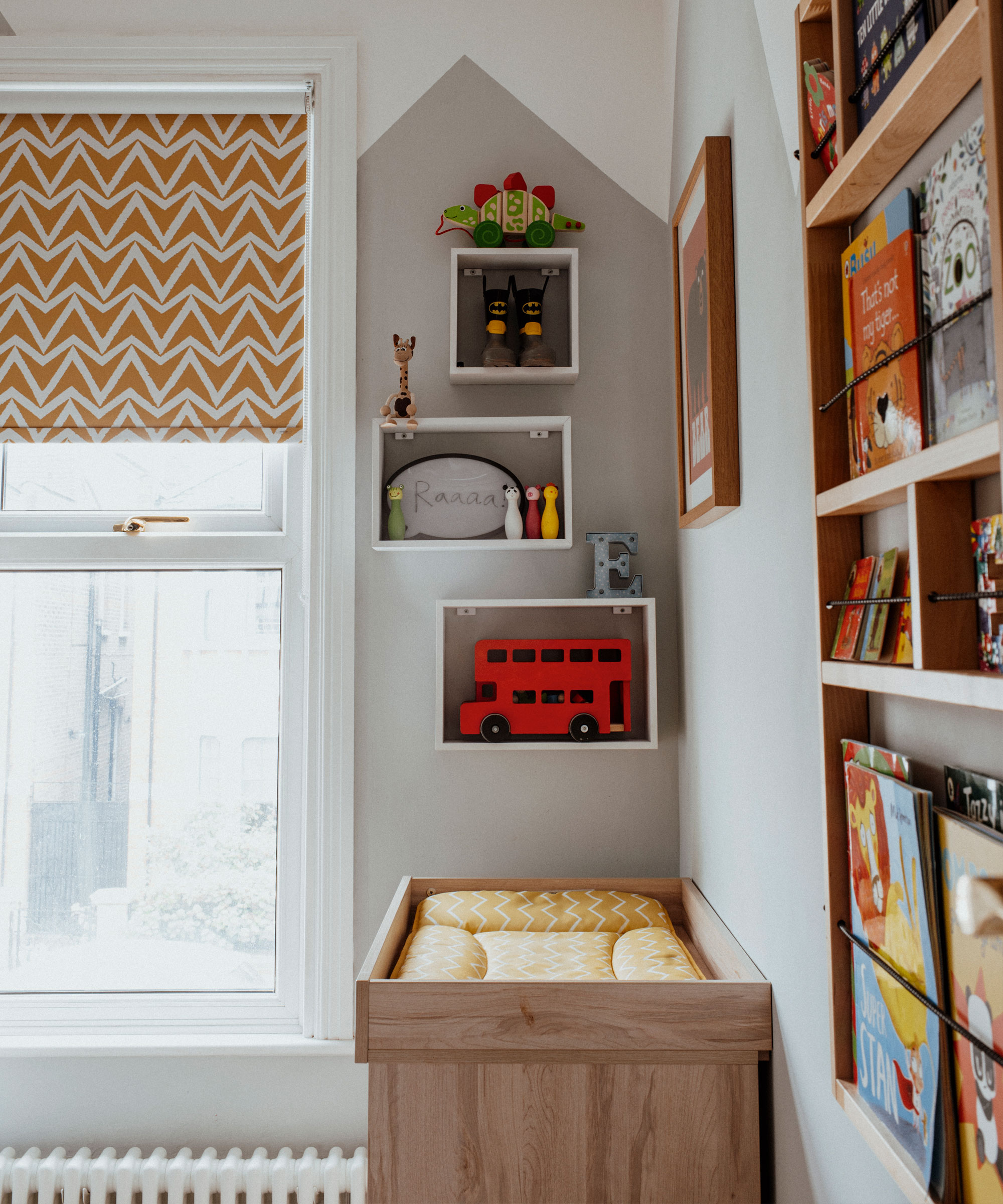
Whether it’s lego, blocks, craft kits or pretend play items, keeping track of smaller toys can cause all manner of stress, so try not to sweat the small stuff too much – mixing items within their broader categories can lead to more creative play anyway.
Having said that, there’s certain sets of things you will want to keep together; jigsaws, lego, games and so on. Compartmentalized bins (like these at Amazon) are great, or for a more space-savvy solution, Jacqueline McLeod, APDO’s Communications Director and founder of Bancrofts Organisation Services recommends using zip wallets.
‘They’re fantastic for teaching children to organize their toys properly as they come in different colors, so they can easily identify what goes where at tidy up time’, she says. Cut out instructions from the original packaging and pop them into each wallet, then stack them upright into a bin or basket.
7. Factor in the future
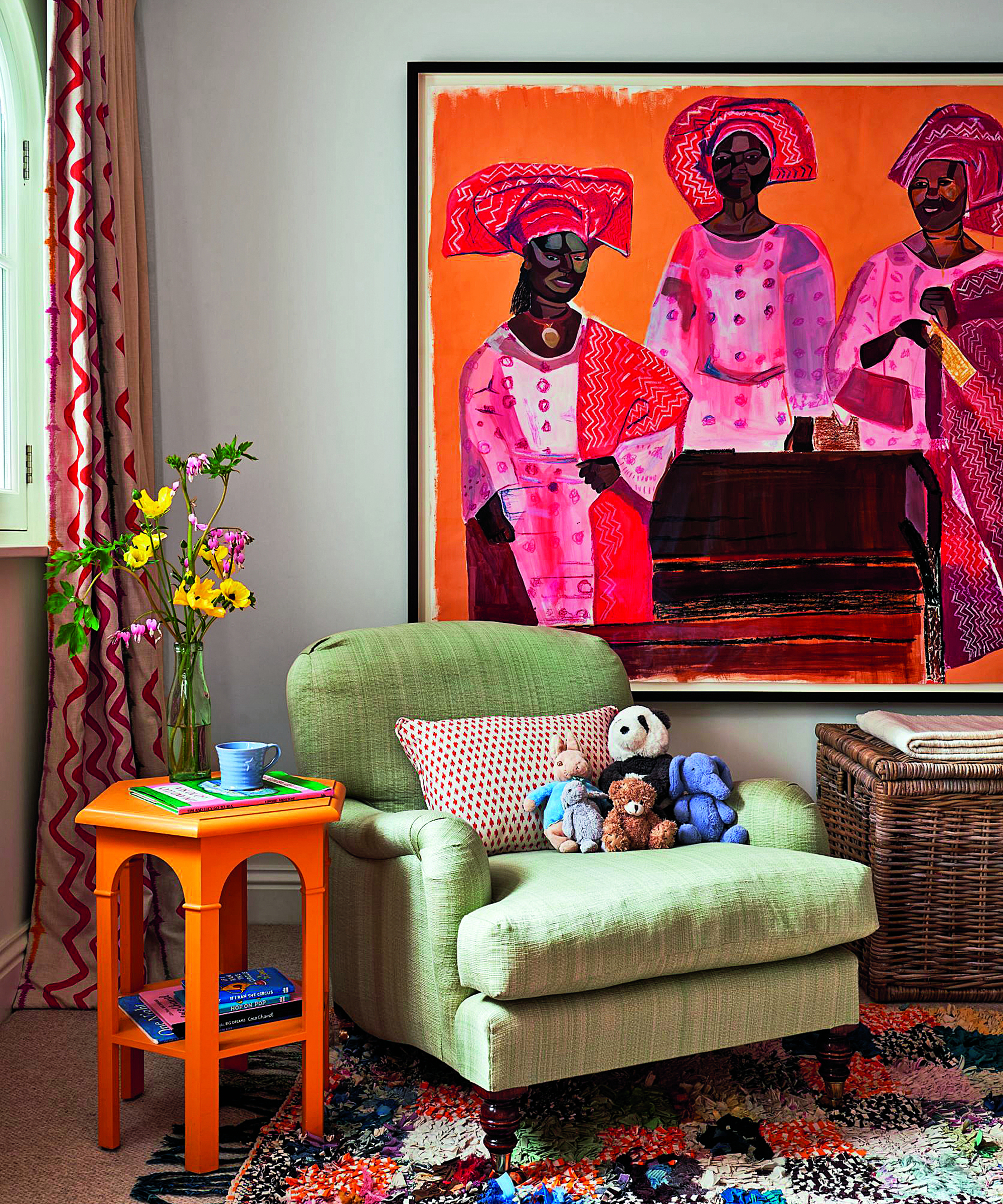
Kids' needs and interests change on what can feel like a daily basis, so save yourself the hassle of updating their whole bedroom by future-proofing your storage solutions. Cubby-style shelving units are great for all ages; the cube boxes or pull out bins that sit within them are just as good at organizing toys as they are storing sports equipment and school essentials – perfect for transforming a play zone into a study zone as and when you need to.
If you prefer closet storage ideas, opt for designs with adjustable shelving. Toys tend to get smaller as kids get older, and vice versa with their clothing, so being able to adapt accordingly will ensure you’re making best use of the space.
8. Set aside storage for hand-me-downs
As you’ve probably already noticed when organizing children’s clothing, they grow. Fast. Rather than having too-small clothing clogging up your closet rails, pre-empt the inevitable and set aside a storage bin somewhere handy, such as inside the closet or tucked away on the landing somewhere.
‘As soon as your child outgrows a garment, pull it out of the rotation and place it in a bin, marked with its size. Once this bin is full you can either store the clothing for a younger child (yours or someone else’s) or sell/donate items you’re ready to pass on’, says professional organizer Amanda Wiss, founder of Urban Clarity.
Q&As
How do I add storage to my kid’s room?
Ideally, you want to keep the floor in your children’s room as clear as possible to ensure they have the space they need, whether it be for playing, studying or just chilling out. So, rather than bringing in chunky storage units, we’d always recommend you find ways to make ‘essential’ furniture work that little bit harder first; rolling drawers under a bed, dividers in a dresser, extra hanging rails in the closet, as well as hanging cubby-style organizers, over-the-door racks, stackable storage… there’s so many opportunities to utilize ‘unusable’ space once you start looking.
If you find an extra storage unit is necessary, we’d advise you choose a cubby-style design. The cube boxes can be filled with everything from toys and clothes to shoes, sports and school equipment, so the space they take up is well and truly justified! The top also doubles up as a desk or extra surface for play, so keep it as clear as possible, maybe a couple of stylish containers for storing stationery or smaller toys.
Oh, and don’t forget the walls – open shelving offers great access to essentials and, if you’re clever about it, can look rather lovely, too.
So there you have it, all great ideas, even if we do say so ourselves. Although, if it’s a tidy kid’s bedroom you’re after long-term, implementing practical storage solutions like these is just the beginning. You’ll also need to employ easy-to-follow organizational systems alongside. Oh, and convince your children to actually stick to them... work in progress, right? Good luck!
Sign up to the Homes & Gardens newsletter
Design expertise in your inbox – from inspiring decorating ideas and beautiful celebrity homes to practical gardening advice and shopping round-ups.
For 10 years, Tara King worked as a Content Editor in the magazine industry, before leaving to become freelance, covering interior design, wellbeing, craft and homemaking. As well as writing for Ideal Home, Style at Home, Country Homes & Interiors, Tara’s keen eye for styling combined with a passion for creating a happy – and functional – family home has led to a series of organization and cleaning features for H&G.
-
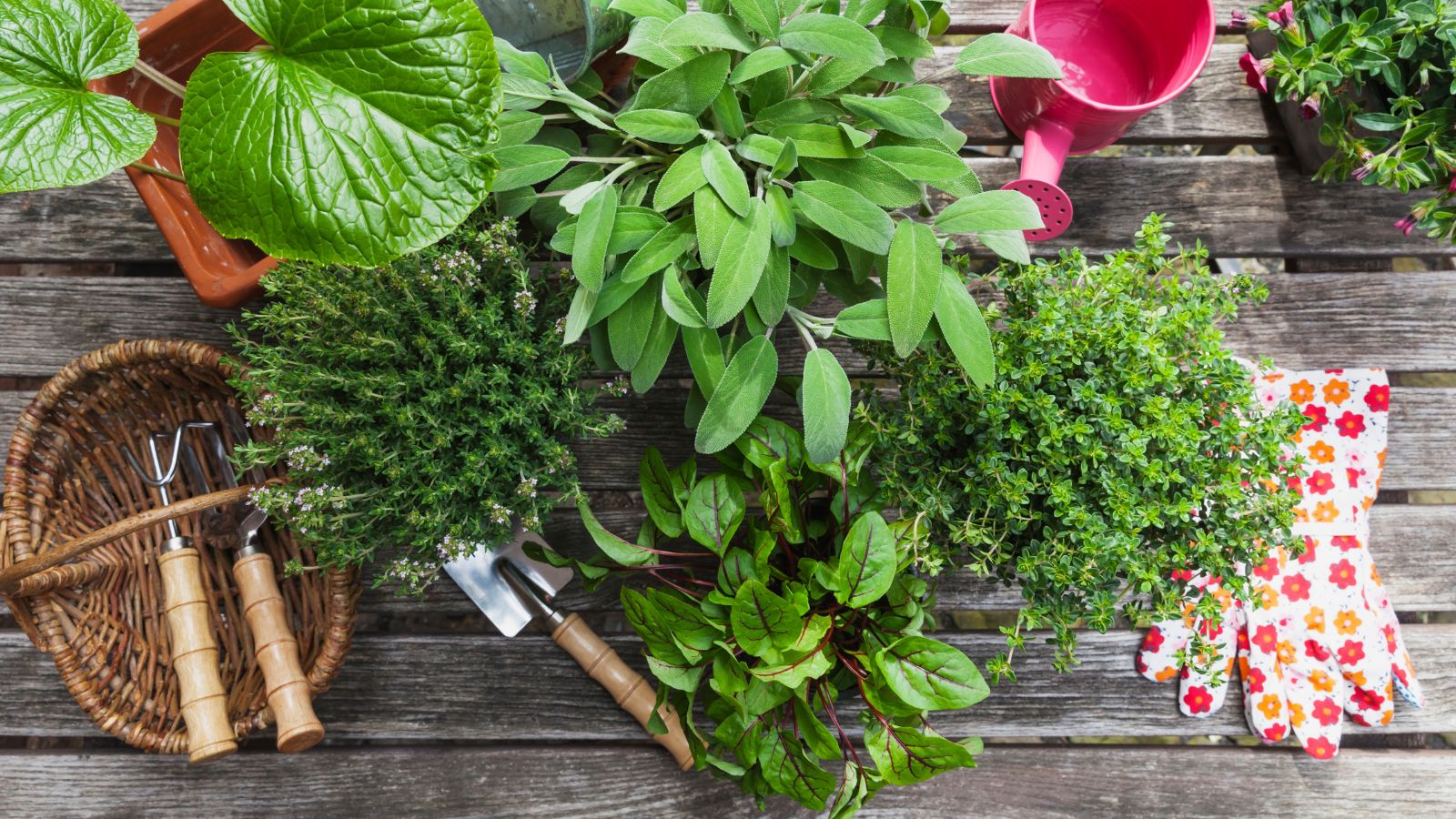 What is your birth month herb? Discover the symbolic meaning behind yours
What is your birth month herb? Discover the symbolic meaning behind yoursHerbs offer symbolic wisdom, and play to the natural rhythms of the season
By Lola Houlton
-
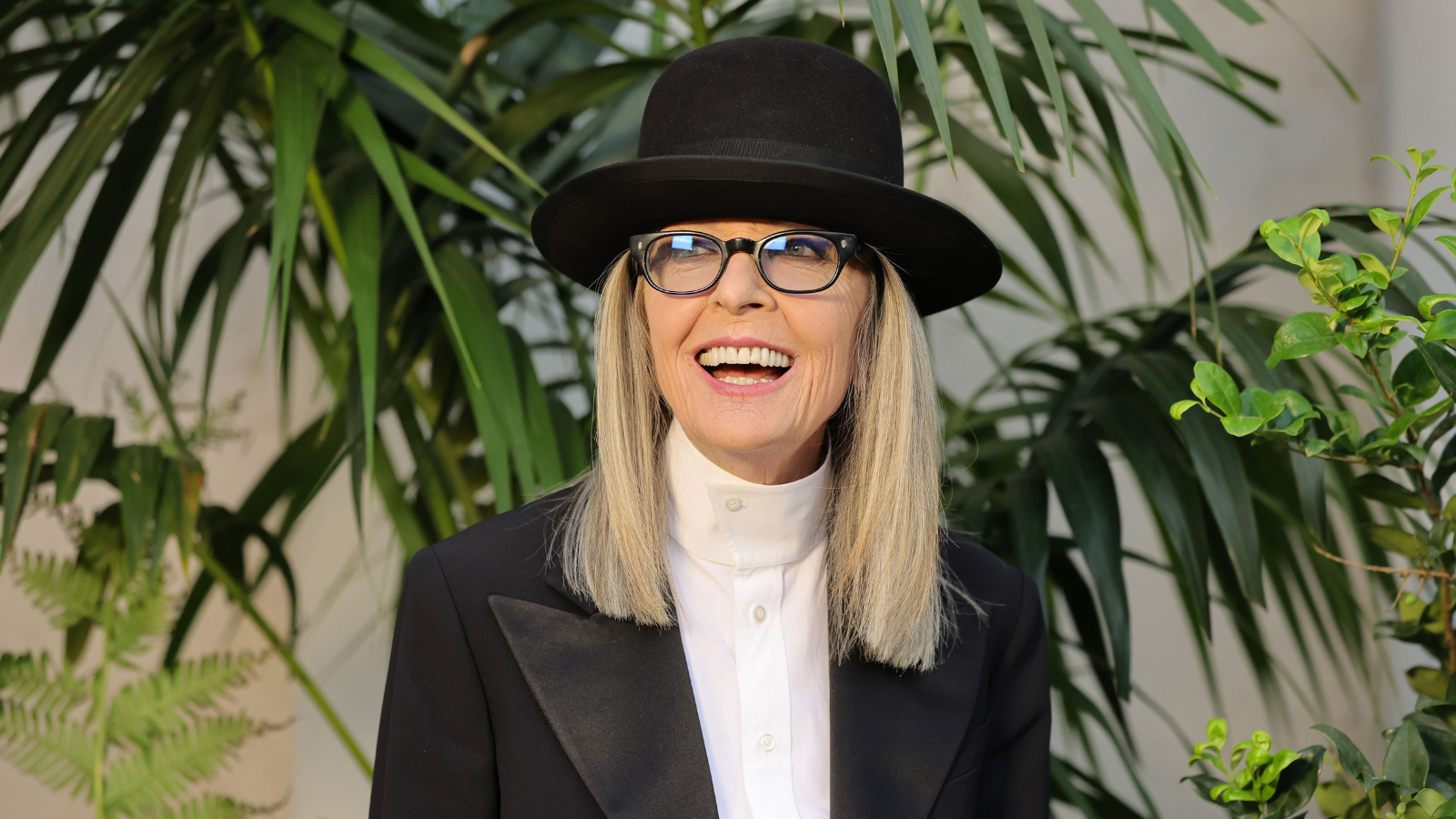 Diane Keaton uses glass cabinets to cleverly introduce color to her white kitchen – it's one of the most inventive decorating techniques I've ever seen
Diane Keaton uses glass cabinets to cleverly introduce color to her white kitchen – it's one of the most inventive decorating techniques I've ever seenThe actress intelligently uses rainbow-colored accessories for a Mexican-inspired twist on her classic Californian kitchen – I'm following suit in my tiny home
By Megan Slack
-
 7 dorm room organizing rules for less clutter and more space
7 dorm room organizing rules for less clutter and more spaceExperts offer their top tips for creating a well-organized dorm room, no matter the size, space, or layout.
By Ashley Chalmers
-
 How to maximize storage in a small or shared dorm room, according to pro organizers
How to maximize storage in a small or shared dorm room, according to pro organizersFind out all the hidden storage zones you might never have noticed
By Ashley Chalmers
